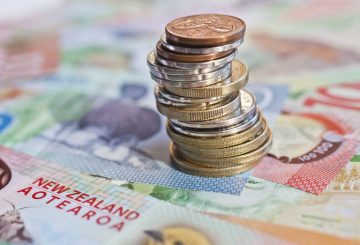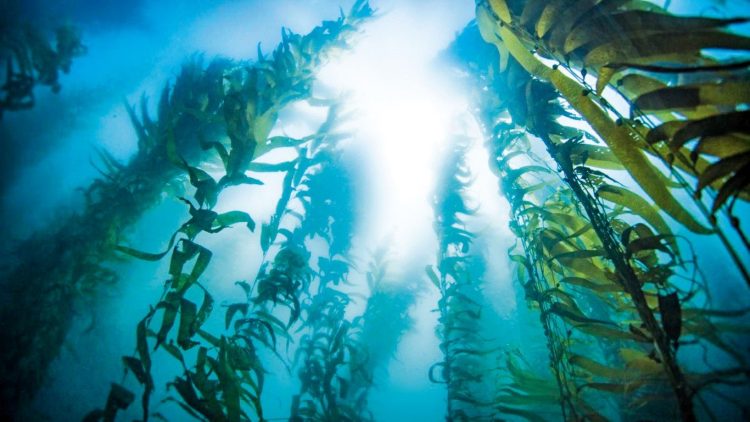뉴질랜드 해조산업 붐이 일어나고 있는 가운데 그 잠재력은 형식적 절차와 자원 허가로 묶여 있다는 새로운 연구 결과가 나왔다.
‘지속가능한 바다 국립 과학 챌린지’ 보고서는 지난 20년간 전 세계 해조류 생산량이 3배 증가했으며 현재 전체 어업 농가의 1/3을 차지하고 있다고 밝혔다.
그러나 뉴질랜드의 해조산업은 규모가 작을 뿐 아니라 규제와 공급에 따르는 제약을 받고 있음이 드러났다.
이 보고서의 책임자이자 Cawthron 연구소의 세리안 아담스(Serean Adams) 전문가는 이 보고서가 해당 산업에 진출하고자 하는 사람들에게 도움이 될 것이라고 말했다.
“현재 뉴질랜드의 해조산업은 초기 단계에 있으며 미약하지만 혁신의 바람이 일고 있다. 그러나 이 부문은 규제와 공급에 따른 제약이 있으며, 뒤떨어진 해조류 지역 공급망을 가지고 있다.”면서, “우리의 고유종이 어떤 독특한 특성을 가지고 있는지 파악하고 이러한 고유종을 고부가가치 제품과 서비스로 개발해야 한다. 또한 이를 방해하는 장애물을 없애야 한다.”고 전했다. 여기에서 장애물이란 어업 허가 및 동의, RMA 승인, 식품 규제 및 양식장 면허을 말하며, 와이탕이 조약(Te Tiriti o Waitangi) 정신도 포함된다고 보고서는 전했다.
저자들은해조류 산업 개발을 제안하면서 청색 경제(blue economy)를 이용할 것을 들었는데, 이는 ‘지속가능한 바다 챌린지’가 ‘경제적 가치를 창출하고 사회, 문화, 생태적 웰빙에 긍정적으로 기여하는 해양 활동’으로 묘사하는 것이다.
이 산업을 발전시킬 기회가 여러번 있긴 했으나, 인건비가 싼 나라에서 대부분의 해조류가 생산되기 때문에 우리 생산자들은 이들과 원가경쟁을 할 수 없으므로 특정 시장을 겨냥한 고품질 제품 생산에 초점을 맞춰야 한다고 말했다.
기초산업부는 ‘특정 목적’의 예외적 허가를 포함여 제한된 양의 해초를 수확할 수 있도록 하는 해초 전략을 개발할 계획이라고 보고서는 밝혔다.






























































